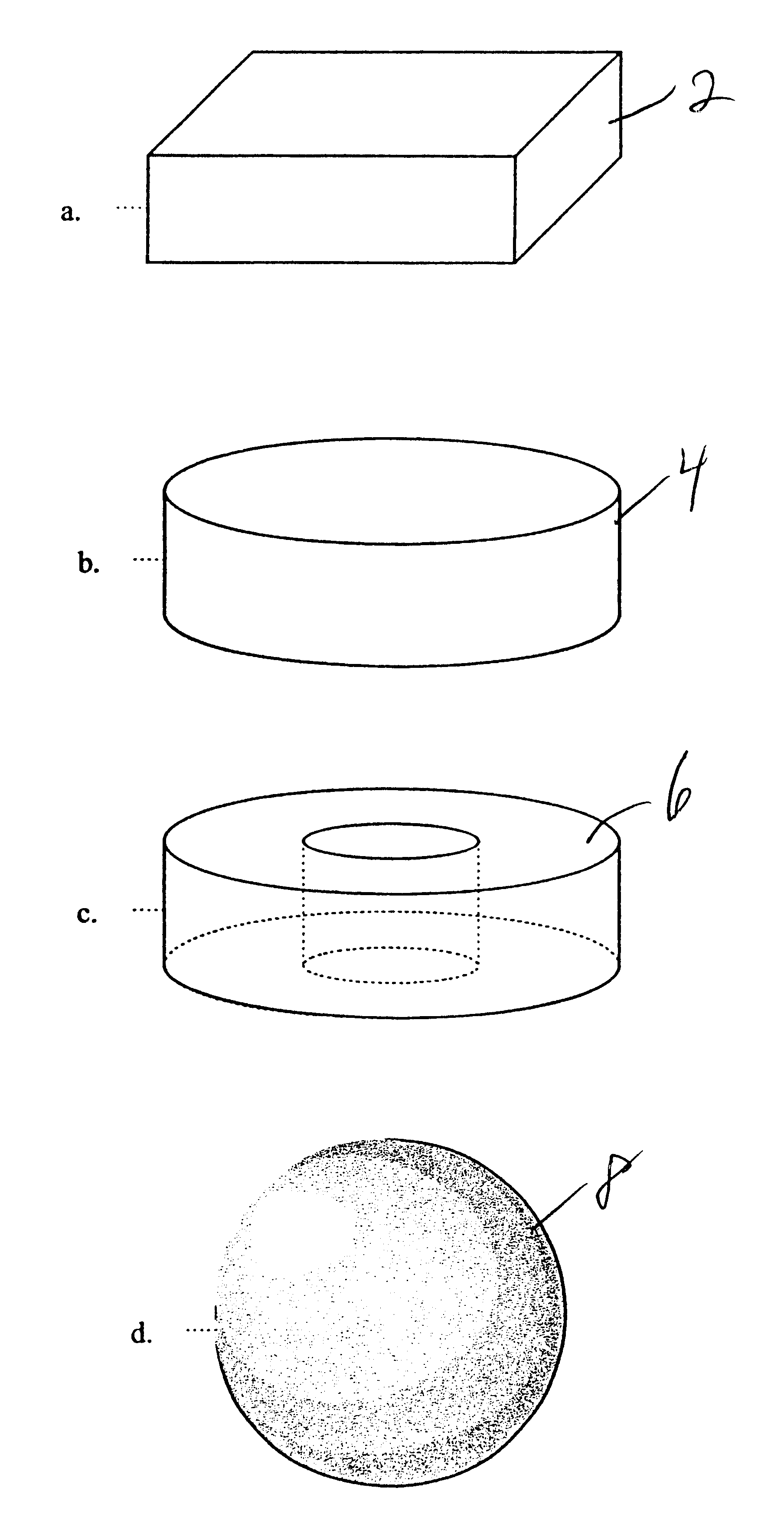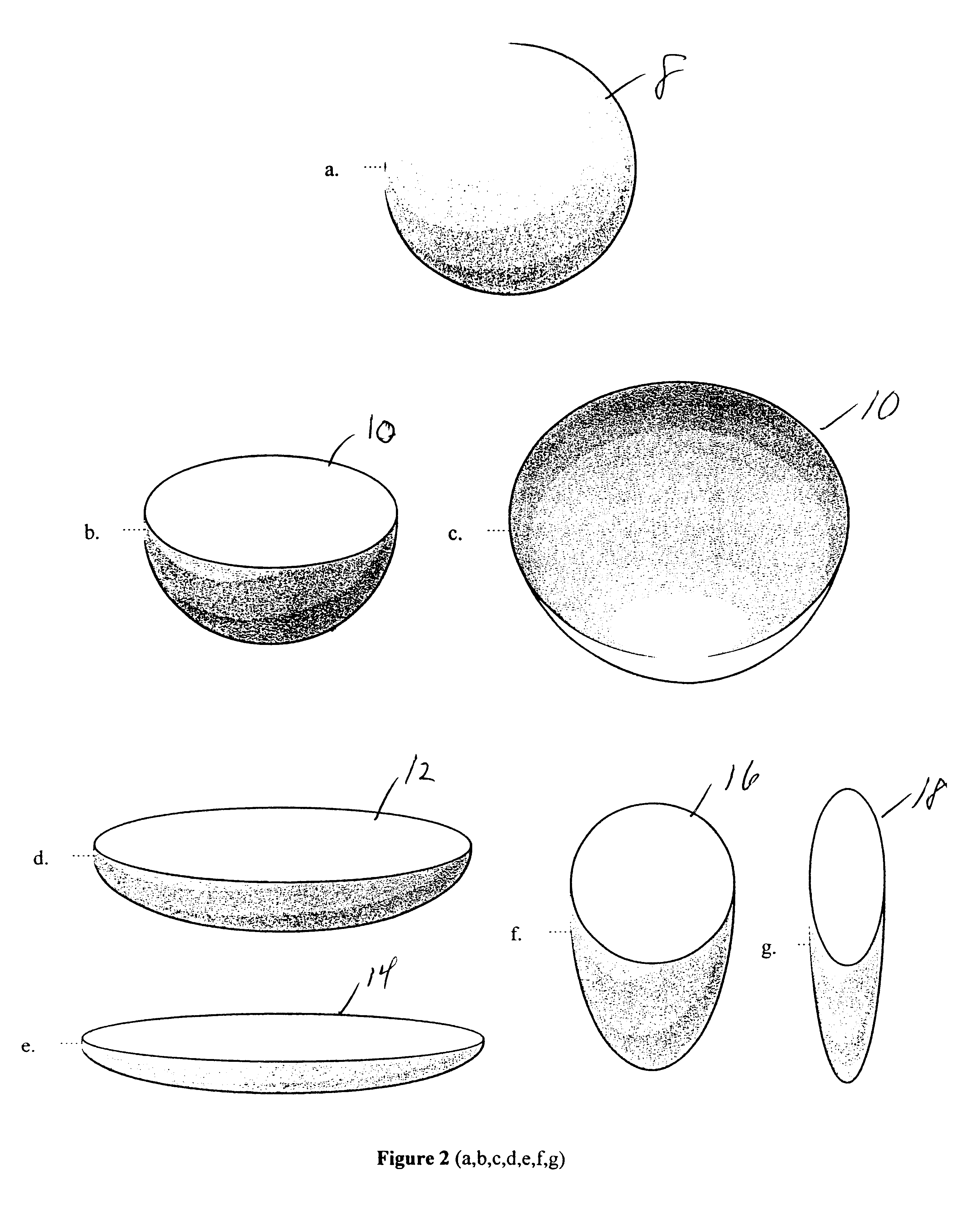Method and apparatus for assisting or resisting postures or movements related to the joints of humans or devices
a technology of human joints and postures, applied in the field of human postures or postures, can solve the problems of reducing affecting the function of objects, and unable to establish validity and reliability of manual approaches, so as to reduce the degree of extrinsic force contribution and improve the effect of objects
- Summary
- Abstract
- Description
- Claims
- Application Information
AI Technical Summary
Benefits of technology
Problems solved by technology
Method used
Image
Examples
Embodiment Construction
Individuals who perceive an actual or potential threat to physical well-being seek medical attention. Sensed pain or functional disability or both may result from activity across the spectrum from functional decline to high performance activity.
Performance issues generally stress muscle contraction capabilities, whereas functional disability issues often stress range of motion capabilities and pain related to usage. The former deals with the efficiencies of how much can be done, whereas the latter generally deals with whether or not it gets done at all in the usual way, or making compensations to accomplish the task in an alternate fashion.
Many types of doctors attempt to treat such problems. Physiatrists (Fizz-i-a-trists) happen to specialize in treating patients suffering from pain and disability. These doctors practice in the field of Physical Medicine and Rehabilitation. Physiatrists coordinate multiple disciplines, as indicated, to address the problems related to pain and disab...
PUM
 Login to View More
Login to View More Abstract
Description
Claims
Application Information
 Login to View More
Login to View More - R&D
- Intellectual Property
- Life Sciences
- Materials
- Tech Scout
- Unparalleled Data Quality
- Higher Quality Content
- 60% Fewer Hallucinations
Browse by: Latest US Patents, China's latest patents, Technical Efficacy Thesaurus, Application Domain, Technology Topic, Popular Technical Reports.
© 2025 PatSnap. All rights reserved.Legal|Privacy policy|Modern Slavery Act Transparency Statement|Sitemap|About US| Contact US: help@patsnap.com



